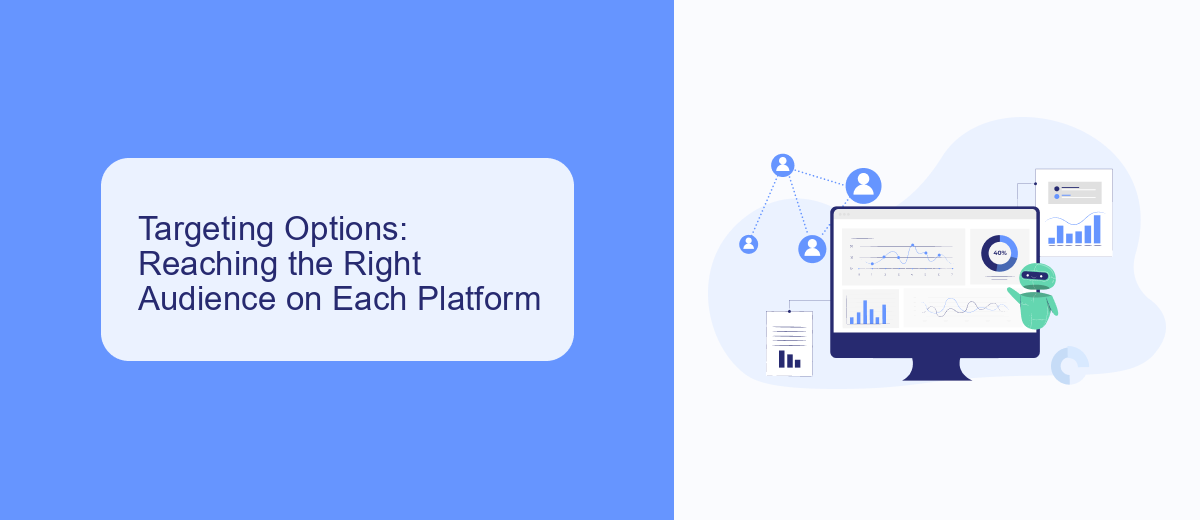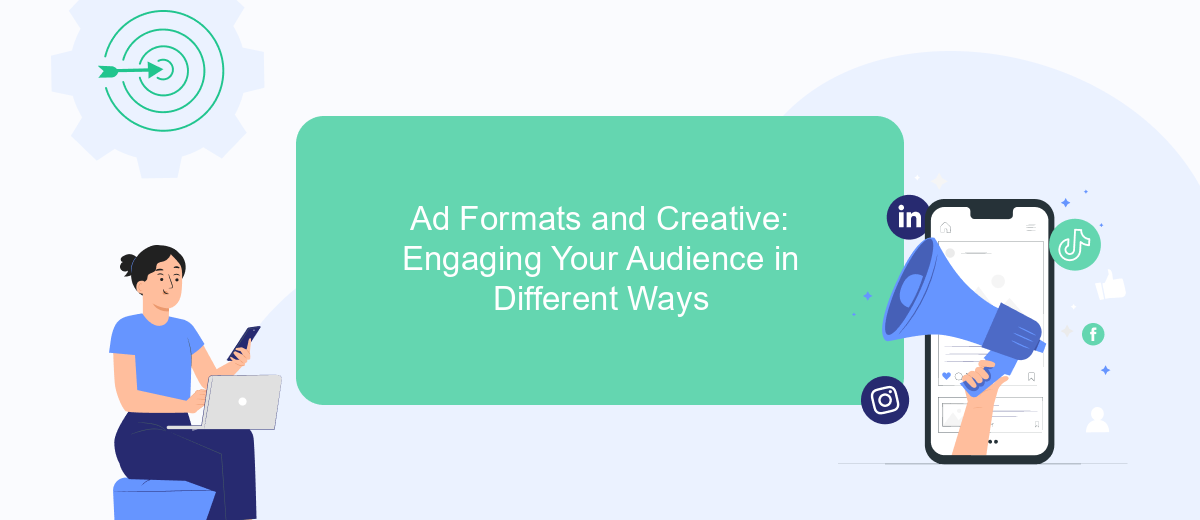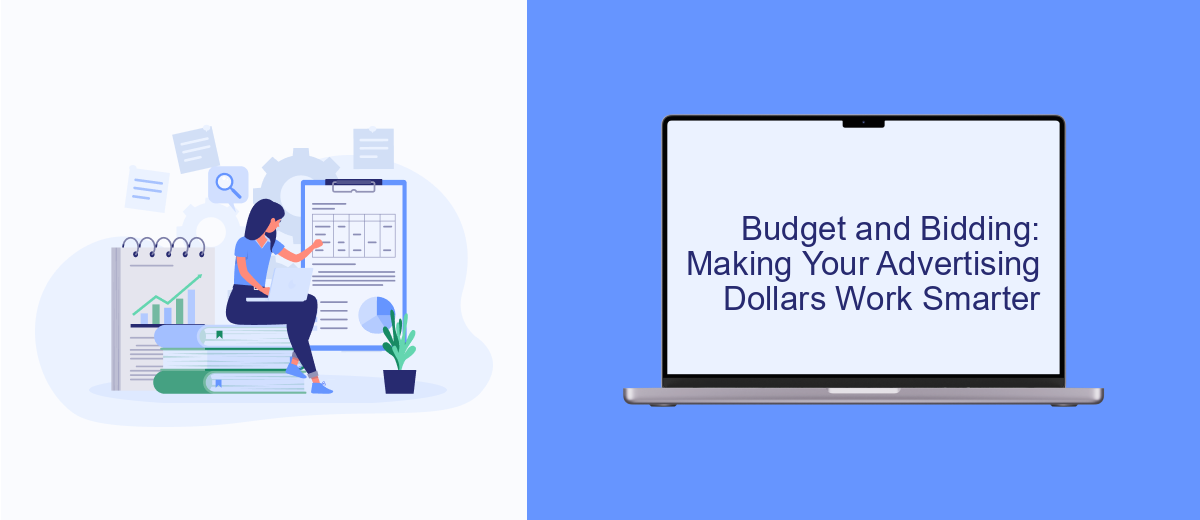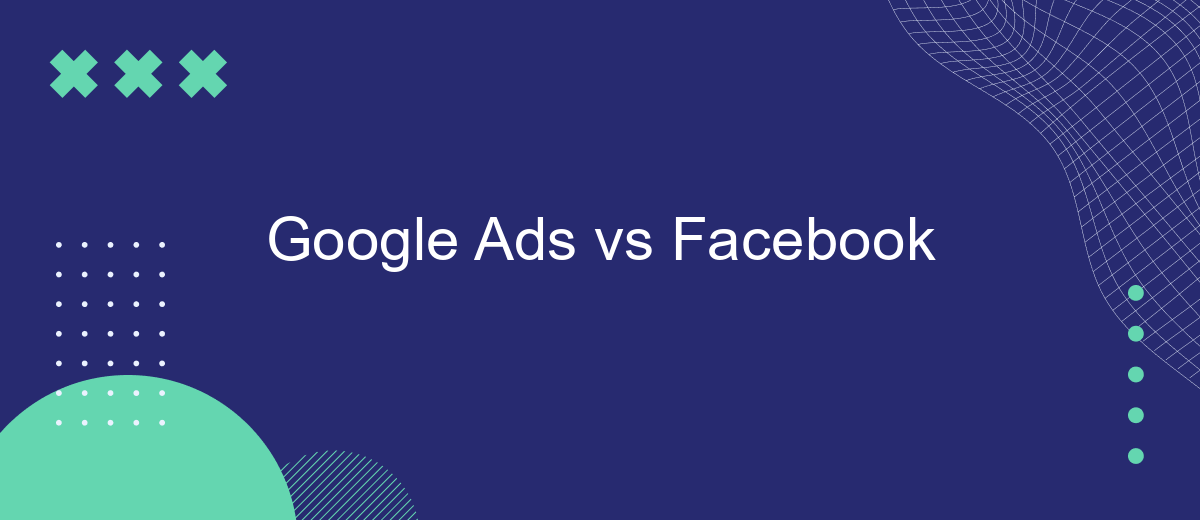When it comes to online advertising, Google Ads and Facebook Ads are two of the most powerful platforms available to businesses today. Each offers unique advantages and caters to different marketing objectives. Google Ads excels in targeting users actively searching for products or services, while Facebook Ads shines in demographic targeting and social engagement. Understanding their differences can help businesses optimize their advertising strategies effectively.
Introduction: Setting the Stage for the Google Ads vs. Facebook Ads Showdown
In the ever-evolving landscape of digital marketing, businesses are constantly seeking the most effective platforms to reach their target audience. Two giants stand out in the realm of online advertising: Google Ads and Facebook Ads. Each offers unique advantages and caters to different marketing strategies, making the choice between them a critical decision for marketers. Understanding the strengths and limitations of these platforms can significantly impact the success of advertising campaigns.
- Reach and Audience: Google Ads taps into the vast search network, while Facebook Ads leverages social media's extensive user base.
- Targeting Capabilities: Google provides keyword-based targeting, whereas Facebook allows for detailed demographic and interest-based targeting.
- Ad Formats: Google excels in text and display ads, while Facebook offers dynamic and engaging visual content.
As businesses navigate the complexities of digital advertising, weighing the pros and cons of Google Ads and Facebook Ads becomes essential. By aligning their advertising goals with the strengths of each platform, marketers can optimize their campaigns for maximum impact. This showdown between Google and Facebook is not just about choosing a platform; it's about crafting a strategy that leverages the best of both worlds to drive business success.
Targeting Options: Reaching the Right Audience on Each Platform

When it comes to targeting options, Google Ads and Facebook offer distinct approaches to reaching the right audience. Google Ads leverages its vast search network, allowing businesses to target users based on specific keywords, location, language, and even device type. This platform's strength lies in capturing intent-driven searches, making it ideal for targeting users actively seeking particular products or services. Additionally, Google Ads provides demographic targeting and remarketing options, enabling businesses to reach users who have previously interacted with their website or app.
In contrast, Facebook's targeting capabilities are rooted in its extensive user data, allowing advertisers to target audiences based on interests, behaviors, demographics, and connections. This makes Facebook particularly effective for brand awareness and reaching potential customers who may not be actively searching for a product but fit a business's ideal customer profile. For those looking to streamline their advertising efforts, services like SaveMyLeads can automate the integration of lead data from Facebook to various CRM systems, ensuring seamless follow-up and engagement with potential customers. By utilizing these targeting options effectively, businesses can maximize their reach and engagement on both platforms.
Ad Formats and Creative: Engaging Your Audience in Different Ways

When it comes to digital advertising, choosing the right platform can significantly impact your campaign's success. Google Ads and Facebook offer distinct ad formats and creative options, allowing you to engage your audience in unique ways. Understanding these differences can help you tailor your strategy to better connect with your target market.
- Google Ads: Primarily text-based, Google Ads appear in search results, making them ideal for capturing intent-driven leads. Display ads, video ads on YouTube, and shopping ads offer additional creative formats.
- Facebook Ads: Known for visually engaging formats, Facebook provides image, video, carousel, and collection ads. These formats excel at storytelling and engaging users through interactive and immersive content.
Both Google and Facebook offer unique advantages in terms of ad formats and creative capabilities. Google Ads are perfect for targeting users with specific search intents, while Facebook Ads excel in creating brand awareness and engagement through rich visuals. By understanding and leveraging the strengths of each platform, you can craft a more effective advertising strategy that resonates with your audience and meets your business goals.
Budget and Bidding: Making Your Advertising Dollars Work Smarter

When it comes to advertising on Google Ads and Facebook, understanding budget and bidding strategies is crucial for maximizing your return on investment. Both platforms offer unique advantages, but choosing the right approach can make a significant difference in your campaign's success. Google Ads often focuses on intent-driven searches, while Facebook excels in audience targeting through social interactions.
Setting a budget involves more than just deciding how much you want to spend. You need to consider your campaign goals, target audience, and the lifecycle stage of your product or service. Bidding strategies are equally important, as they determine how your ads are delivered and how much you pay for each click or impression.
- Google Ads: Consider using automated bidding strategies like Target CPA or Target ROAS to optimize for conversions.
- Facebook: Use Facebook's Budget Optimization tools to distribute your budget efficiently across ad sets.
- Test and adjust: Regularly review performance metrics to refine your budget and bidding strategies.
By carefully planning your budget and bidding strategies, you can ensure that your advertising dollars are spent wisely. Whether you choose Google Ads, Facebook, or a combination of both, the key is to continually optimize and adapt based on performance data.
Measurement and Analytics: Tracking Your Success and Optimizing Campaigns
Accurate measurement and analytics are crucial for the success of any advertising campaign, whether on Google Ads or Facebook. These platforms offer robust tools to track performance metrics such as impressions, clicks, conversions, and return on ad spend. Google Ads provides detailed insights through Google Analytics, allowing advertisers to monitor user behavior and optimize keywords and bidding strategies. Similarly, Facebook Ads Manager offers comprehensive reports on audience engagement and ad performance, helping businesses fine-tune their targeting and creative elements.
To further enhance tracking and optimization, integrating third-party tools can be beneficial. Services like SaveMyLeads streamline data collection and analysis by automatically transferring leads from ad platforms to your CRM or email marketing system. This seamless integration enables businesses to respond quickly to leads and adjust campaigns based on real-time data. By leveraging these analytics and integration tools, advertisers can make informed decisions, ensuring their campaigns are effectively reaching their target audience and achieving desired outcomes.
FAQ
What are the main differences between Google Ads and Facebook Ads?
Which platform is more cost-effective for advertising?
How can I automate my ad campaigns on these platforms?
Can I track the performance of both Google Ads and Facebook Ads together?
How do I decide which platform to use for my business?
Use the SaveMyLeads service to improve the speed and quality of your Facebook lead processing. You do not need to regularly check the advertising account and download the CSV file. Get leads quickly and in a convenient format. Using the SML online connector, you can set up automatic transfer of leads from Facebook to various services: CRM systems, instant messengers, task managers, email services, etc. Automate the data transfer process, save time and improve customer service.
